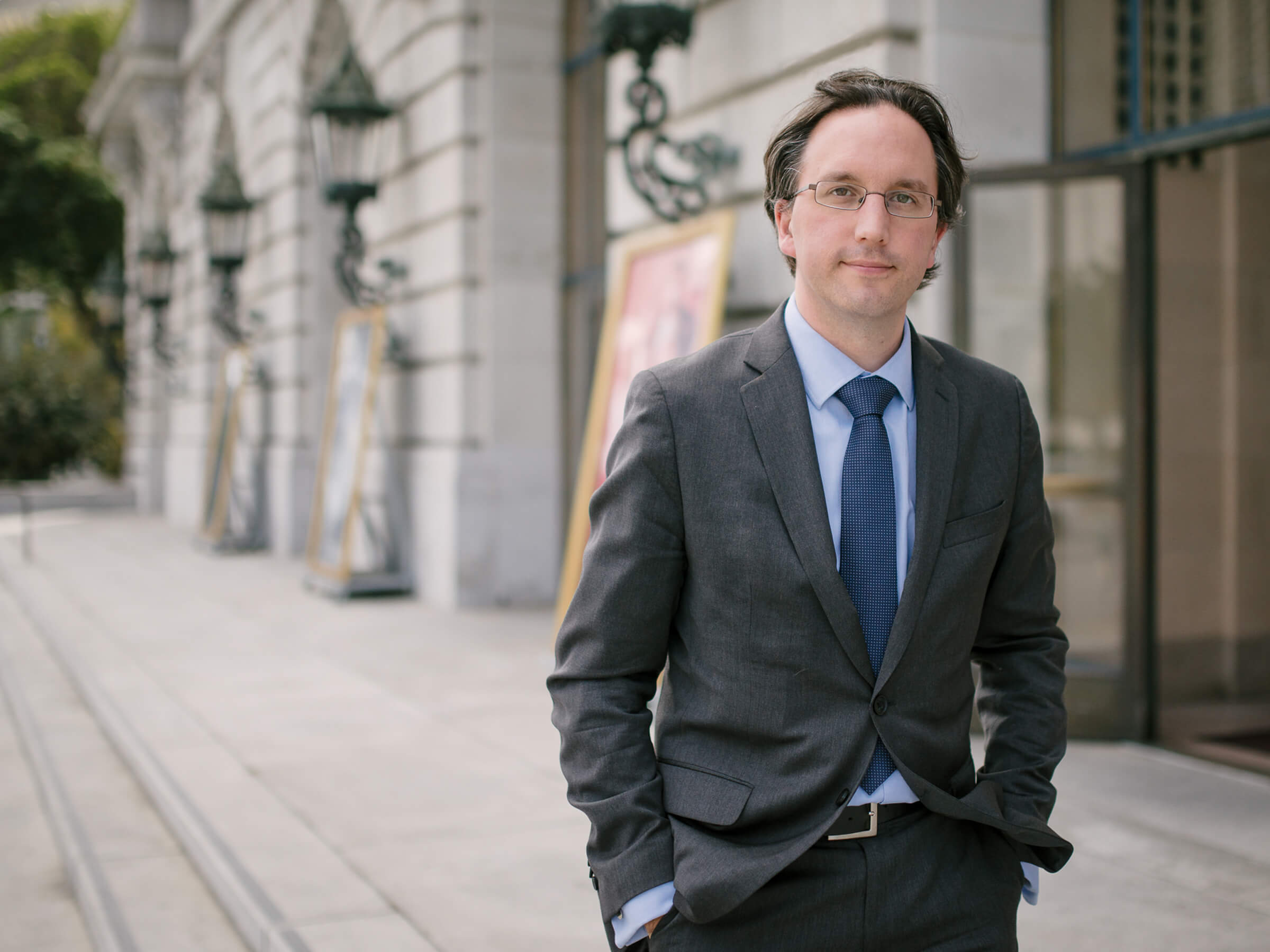Backstage with Matthew - November 28

San Francisco Opera is quite unique in America in having a dedicated group of corps dancers—artists specialized in the particular processes and styles of dance within opera. We have 9 Regular Dancers as well as a group of Resident Corps dancers from which come candidates for open tenure positions.
Rachel Little watched the 2009 Trovatore and became “besotted” with the art form, auditioning each year until she was offered a place for the demanding ballet sequence in Nixon in China in 2011. She was awarded tenure in December 2014 and Aida marks her debut as a principal dancer here. Jekyns Peláez has been with us since 2007 (Tannhäuser) but has also been very active with Diablo Ballet. He has been seen on our stage in many seasons including as a principal dancer in the 2008 Traviata. I’m thrilled to announce that a few weeks ago we awarded Jekyns tenure with SFO!




As you can see in this brief clip from Aida, there is much partnering work in Jessica Lang’s choreography. Jekyns talks about the need for a complete co-dependency and trust in moments like this. Although the framework is set in advance, he and Rachel will make the smallest tweaks in performance to keep the movement tight, energetic and never too comfortable. They respond to each other’s slightest changes, constantly re-calibrating and predicting how to react.
Dancers at SFO—principal and corps—are offered an onsite class each day, an opportunity to keep one’s body and technique in peak form, in addition to personal work in Pilates, yoga and time at the gym. Dancers often then have a warm-up or brush-up rehearsal just prior to the performance. It’s a multi-stepped routine that allows the necessary preparation before stepping onto the stage. Because opera is a more multi-layered art form than ballet, the stage is not fully the dancers’ in the same way it would be at a ballet company. Dancers typically don’t have time on stage the day of a performance, so the classes and warm-ups are particularly important.
Characterization is very important to Rachel, and in this opera she seeks that out in powerful, thoughtful ways. She tells me that she spends time in the wings thinking about the challenges being faced by so many women in the world today, particularly in war-torn areas. Some of the symbolism in the choreography can be disturbing and raw, and Rachel feels a great sense of obligation to those who go through harsh realities like this in real life. As she says of that moment in the triumphal scene: “we’re supposed to feel uncomfortable with what we’re seeing on stage.”
The tools of one’s trade are always important and there is no more important “tool” for a dancer than their shoes. Opera dancers are frequently dancing on ground cloths—the rather coarse fabric that is painted and laid down over the wooden deck. It can be quite an abrasive material, and leather shoes are much better on the Aida ground cloth than other fabrics. You can see examples of both Jekyns’ and Rachel’s shoes below. Rachel will get through at least one pair of shoes every two performances! The smallest details of the shoes are essential. The elastic on Rachel’s shoes has to be sewn in exactly the right place if the shoe is to work optimally on her foot and she works closely with the costume shop to that end.
Being on stage as a part of the huge ensemble in Aida is a visceral feeling. Rachel notes how being backstage as the triumphal march is beginning is one of the most humbling experiences she’s felt. The pageantry, the volume, the sense of awe. She says, “I cannot believe this is my job!”
I’m so grateful for the artistry that Rachel, Jekyns and all of our dancers bring to the War Memorial stage.

